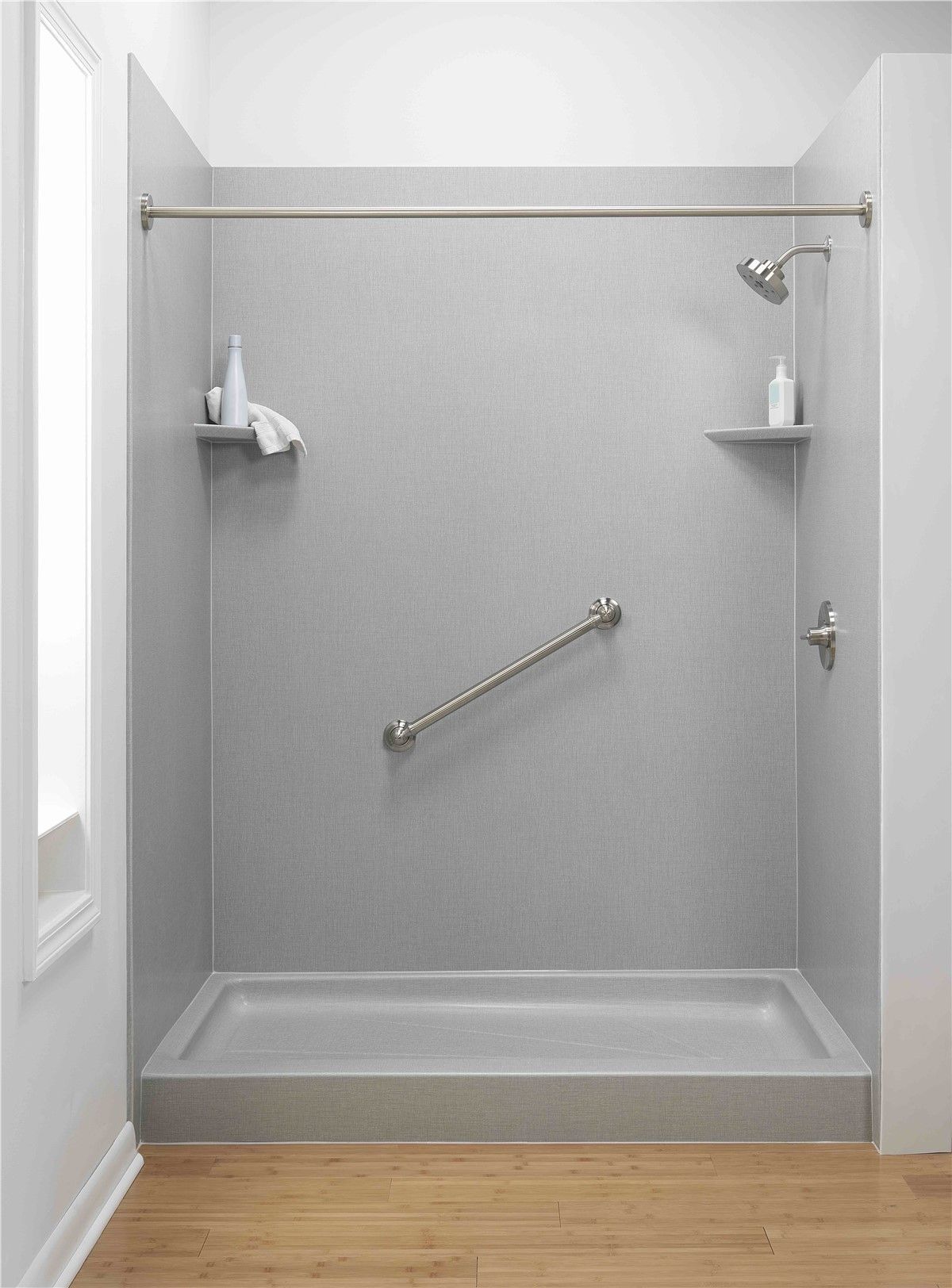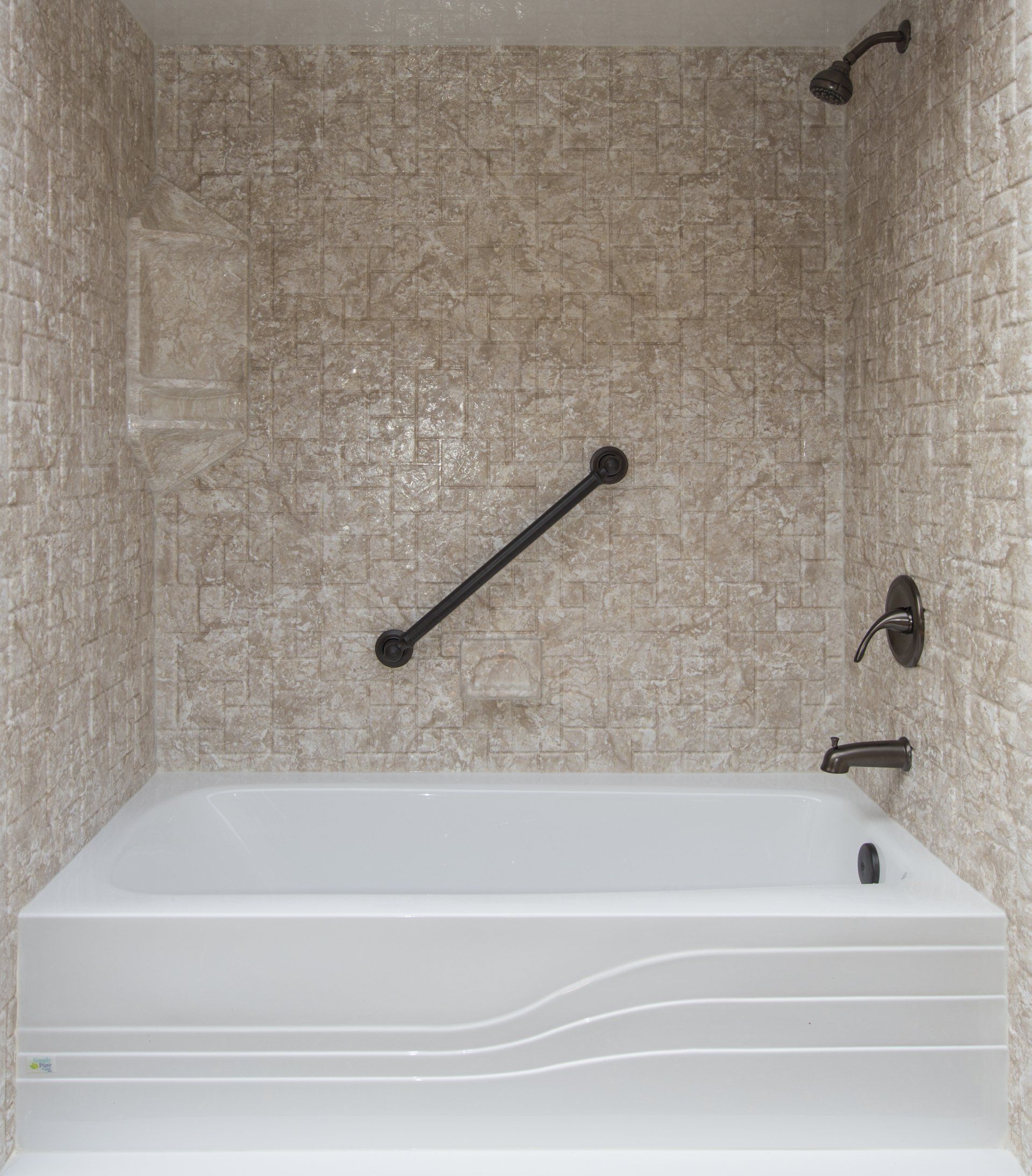The advantages of installing a walk-in tub for arthritis sufferers in Southern Maine
Living with arthritis can be a daily challenge, especially in areas like Southern Maine where the colder climate can exacerbate joint pain and stiffness. Finding effective ways to manage these symptoms is crucial for maintaining a quality life. One such solution that has gained popularity among arthritis sufferers is the installation of walk-in tubs. These specialized bathtubs offer a combination of accessibility, safety, and therapeutic benefits, making them an ideal choice for those who struggle with mobility due to arthritis. This blog post explores the advantages of walk-in tubs for arthritis sufferers in Southern Maine and answers common questions to help you understand why this might be the right investment for your health and well-being.
Advantages of Walk-In Tubs for Arthritis Sufferers
Ease of Access
One of the primary benefits of a walk-in tub is the ease of access it provides. Traditional bathtubs often require stepping over a high edge, which can be a significant hurdle for anyone with mobility issues due to arthritis. Walk-in tubs, on the other hand, feature a low threshold door that allows users to enter and exit the tub safely and effortlessly. This design minimizes the risk of falls and injuries, making it an excellent option for elderly arthritis sufferers and those who live alone.
Safety Features
Walk-in tubs come equipped with various safety features tailored to the needs of individuals with limited mobility. These include built-in handrails, anti-slip flooring, and comfortable seating. Such features ensure stability and support as you bathe, reducing the strain on your joints and muscles. The seating allows you to submerge in the water without needing to lower yourself all the way to the floor of the tub, which can be particularly painful for those with hip and knee arthritis.
Therapeutic Benefits
Beyond the accessibility and safety, walk-in tubs offer significant therapeutic advantages. Many models are equipped with hydrotherapy jets similar to those found in hot tubs, which can provide soothing relief to sore joints and muscles. The warm water can help reduce inflammation, ease muscle tension, and increase circulation, which is essential for arthritis sufferers. Additionally, the buoyancy of the water reduces weight on the joints, providing a gentle environment for performing light exercises to improve mobility and strength.
Considering the Climate and Lifestyle in Southern Maine
In Southern Maine, the colder months can be particularly tough for those with arthritis as cold weather can lead to increased joint stiffness and pain. Having a walk-in tub ensures that you can enjoy the benefits of warm, therapeutic baths throughout the year regardless of the outside temperatures. This feature is especially important in a region where the changing seasons can affect daily living and mobility for arthritis sufferers. Furthermore, the independence that a walk-in tub provides can be empowering for residents who value their autonomy and wish to maintain an active lifestyle without constant assistance.
Common Questions and Concerns
- How do walk-in tubs differ from regular tubs? Walk-in tubs are designed with doors that seal tightly to prevent leaks, allowing easy access without having to climb over a high wall.
- Are walk-in tubs difficult to install? The installation process for a walk-in tub can be more involved than that of a traditional tub, but many companies offer professional installation services that handle all aspects of the setup.
- What are the costs involved? While walk-in tubs can be more expensive upfront than standard tubs, many find the long-term benefits and daily comfort they provide to be worth the investment. Additionally, there may be grants or programs available to help offset the cost for qualifying individuals.
- Will a walk-in tub increase my home’s value? Installing a walk-in tub can increase your home's appeal to a broader range of buyers, especially those concerned with accessibility and safety in the bathroom.
Installing a walk-in tub in Southern Maine offers numerous advantages for arthritis sufferers, from enhanced safety and accessibility to therapeutic benefits that can significantly improve daily life. If you or a loved one are struggling with arthritis, consider how a walk-in tub might help ease your symptoms and restore a sense of independence. Explore the options available and take a step towards a more comfortable and manageable lifestyle.
Blog






